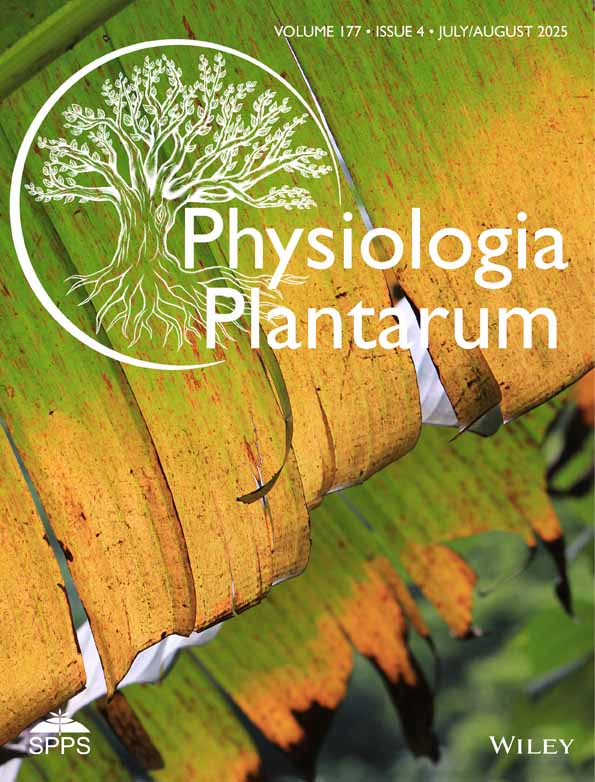Inhibitors of chymotrypsin and microbial serine proteases in barley grains
Isolation, partial characterization and imrniinochemical relationships of multiple molecular forms
Abstract
Barley grains contain two imrnunochemically distinct inhibitors of chymotrypsin and microbial serine proteases. Both inhibitors are rich in lysine (9.5 and 11.5 g Lys/g protein). Hiproly high-lysine barley contains twenty-fold higher, high-lysine mutant 1508 five-fold higher amounts of these inhibitors than normally cultivated varieties. Inhibitors were extracted from Hiproly barley, and ammonium sulfate fractionation followed by gel filtration resulted in a neariy complete separation of the two inhibitors. No inactive protein impurities could be detected in a number of isoinhibitor preparations obtained in subsequent cation exchange chrotnatography steps. One inhibitor (CI-1) was composed of at leas# 4 molecular forms with isoelecfric points in the range 4.75–5.55 and a monomer molecular size of about 9 000. Most of this inhibitor was apparently present as dimer forms in grain extracts. The other inhibitor (CI-2) included at least 7 different molecular forms with isoelectric points in the range 6.05–7.90 and different molecular sizes in the range 6 500–9 000. Both dimer and monomer forms were present in grain extracts. In contrast to previously purified protease inhibitors of plant origin, the two barley inhibitors contain no cysteine. No interactions between the two inhibitors and trypsin were observed, but the inhibitors were immediately inactivated by pepsin at pH 2.0. Monospecific antibodies towards the two inhibitors were obtained after immunization with glutaraldehyde-polymerized inhibitor.
Inhibitor CI-1 is identical with an inhibitor of microbial alkaline proteases previously purified (Mikola and Suolinna 1971. Arch. Biochem. Biophys. 144: 566–575).
Abbreviations:
-
- BAPA
-
- benzoyl-l-arginine-p-nitroanilide
-
- CI
-
- chymotrypsin inhibitor
-
- GPNA
-
- glutaryl-J-phenylalamne-pnitroanilide
-
- SDS
-
- sodium dodecyl sulfate




